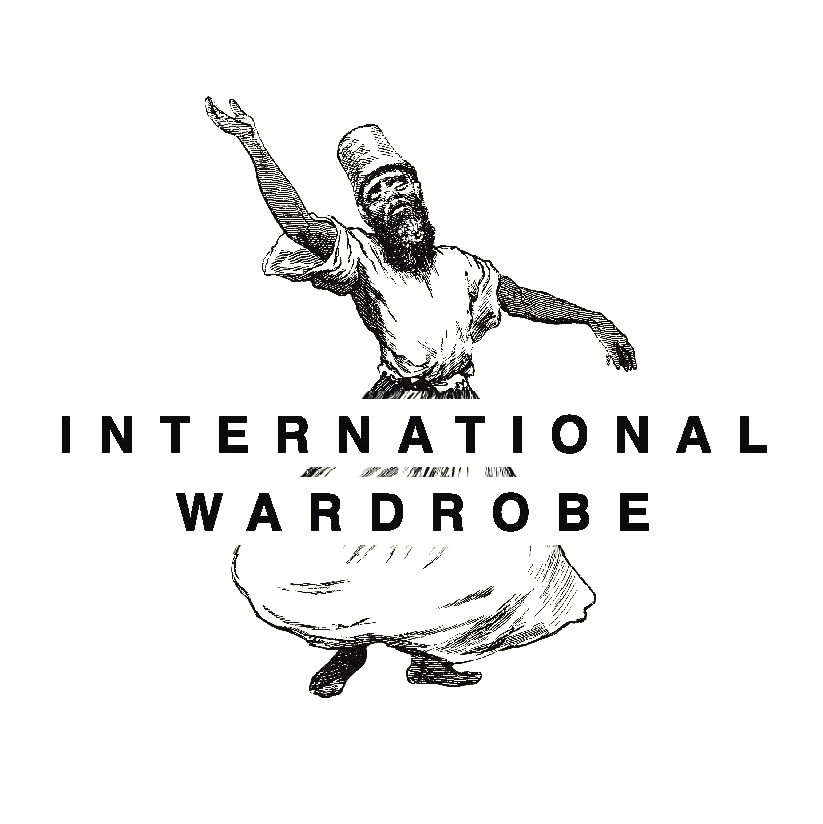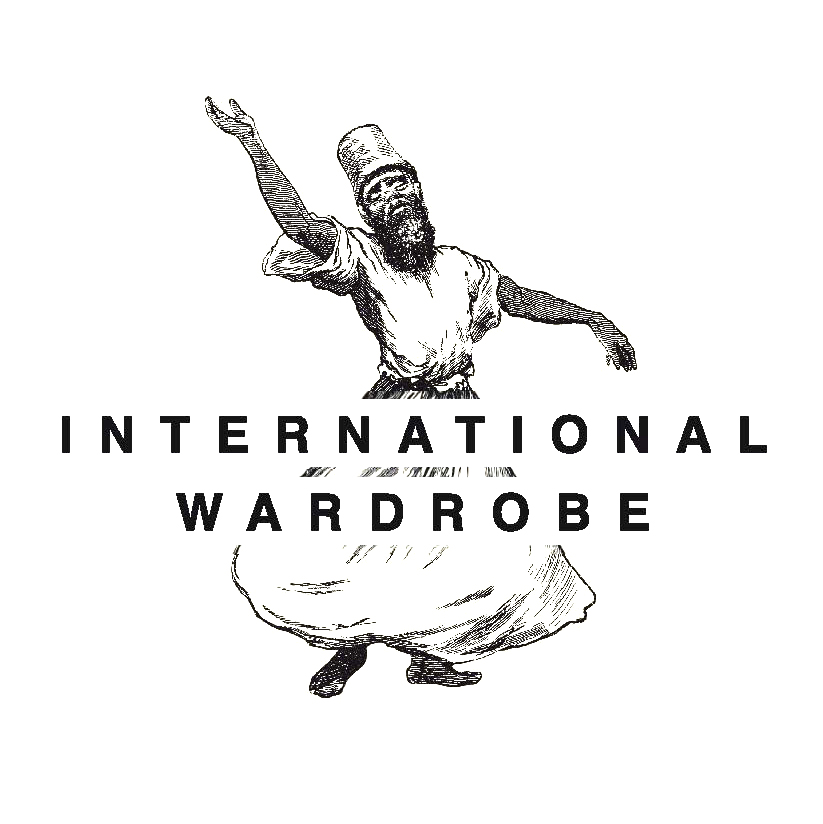About 75 percent of Vietnam consists of tropical lowlands, mountains, and densely forested highlands. North-west Vietnam, one of the roughest and coldest regions in the country, is also home to 20 different ethnic minorities, of which 750,000 are Hmong. The Vietnamese formerly referred to these hill tribes as »moi«, savages, wild people. Today there are more than 5 million Hmong in the whole world: about 500,000 live in China, where they are called Miao, 250,000 in Laos, 75,000 in Thailand and some in Burma. Around 53% (900,000 Hmong), the largest community live in Sa Pa, Northern Vietnam.
Like the Yao, the Hmong probably also originally came from Mongolia and Siberia. They both speak languages belonging to the Austro-Asian language family and are animists, on the whole. Like almost all ethnic minorities, the Hmong and Yao have been shaped by years of migration and being stateless, resulting in numerous groups and sub-groups. Among which are: the Flower Hmong, whose women enjoy dressing very colourfully, the Black Hmong, with their dark, waxed garments, the White Hmong, Red Hmong, and Striped Hmong, their names – clearly originating from the colours and patterns of their clothing – having been given to them by »outsiders«. Today these classifications are regarded as ethically questionable from an ethnological point of view.
Community and family ties are of central importance to the Hmong – despite greatly valuing independence. »Hmong means ›free‹«, a phrase the Hmong like to use, is, nevertheless, a somewhat romanticised view of the state of things.
Despite living in remote, mountainous terrain and densely vegetated jungles, Indochina’s ethnic minorities, in particular the Hmong, have repeatedly been drawn into political conflicts. During the First Indochina War, the French knew how to further their own interests by stoking the hatred of the hill tribes towards the Vietnamese, who were appropriating their land, forcing them further and further into the mountains. During the Second Indochina War, it was the Americans who availed themselves of the Hmong in order to infiltrate less accessible operational zones, in exchange for which the CIA offered the Hmong »supposed« protection from the bombs being dropped at 8 minute intervals every day, as well as decent pay, food and shelter… A life of unaccustomed affluence, for which they paid dearly. Although 30,000 Hmong fought for the Americans during the Vietnam war, their losses were ten times higher than those of the Americans.
And then they there was also opium, which the Hmong had grown traditionally for centuries, even as far back as when they were still resident in China, which was easier to cultivate than rice, and which they also smoked themselves. Under the direction of CIA-trained Hmong guerrilla troop leaders, and with the infrastructure and protection of the CIA, the opium trade grew to monumental proportions. Utilizing its own fleet or »Air America« aeroplanes – the CIA coordinated the collection of opium. The resulting heroin then made its way to markets in Saigon, Bangkok and Manila, and American soldiers, of course. The Viet Minh (League for the Independence of Vietnam) also bought opium in Laos, which they traded for consumer products, which they then resold in order to buy Soviet-made weapons from the Chinese. Numerous alliances benefitted from the Hmong’s participation – except the Hmong themselves.
As with all traditional garments in Indochina, the Hmong’s clothing also has simple lines. It is the embroidery, batik and appliqués that make it so splendid. As the name suggests the Black Hmong’s garments tend to be primarily indigo and black. Their decoration is more restrained compared to that of other Hmong groups, and the overall look is very polished and stylish. All Hmong – in particular the women – set great value in being elegant. Dressing well is customary and seen as a sign of politeness and being respectful towards other people. Women and men wear long, sleeveless, shiny, dark indigo jackets, and wrap broad, black swathes of velvet around their calves, which serve as half stockings, that are secured with colourful ribbons. The glossy sheen of their jackets is achieved by coating the fabric with wax and a mixture containing egg white and oxblood, and subsequently rubbing it between two stones. To achieve the characteristic indigo blue colour, an item of clothing has to be died around to 10-18 times.
Read more about the nations in Indochine.
Pictures, right side, from top to bottom.
1. Hmong woman at the opium harvest. Postcard from Vietnam
2. The costume of the men are always more pure than the woman´s ones. But they have also a great variety.
3. A woman of the Black Hmong at the Sapa Market. Look at the lew warmers !
4. Woman at the Sapa sunday market are spinning bast for some bags.
5. Sunday Market in Bac Ha around 20 years ago. In Bac Ha, three hours away from Sapa, still living the “Flower” Hmong.
6. Old lady in Sapa. Like everybody nowadays she is mixing old and new garments. Of course against the cold.
7. Even men are wearing short modern vests under the traditional ones.
8. More hairclips means more silver means more richness. Means better life.
Pictures left side, from top to bottom:
9. very traditional mens costume at the Sapa market.
10. The young girls loves the combination with bright green and red. Tone to tone is uncool for them.
11. At the end of the market day in Bac Ha.
12. With this polaroid app the flowery Hmong woman and here child beeing directly a part of the past.

